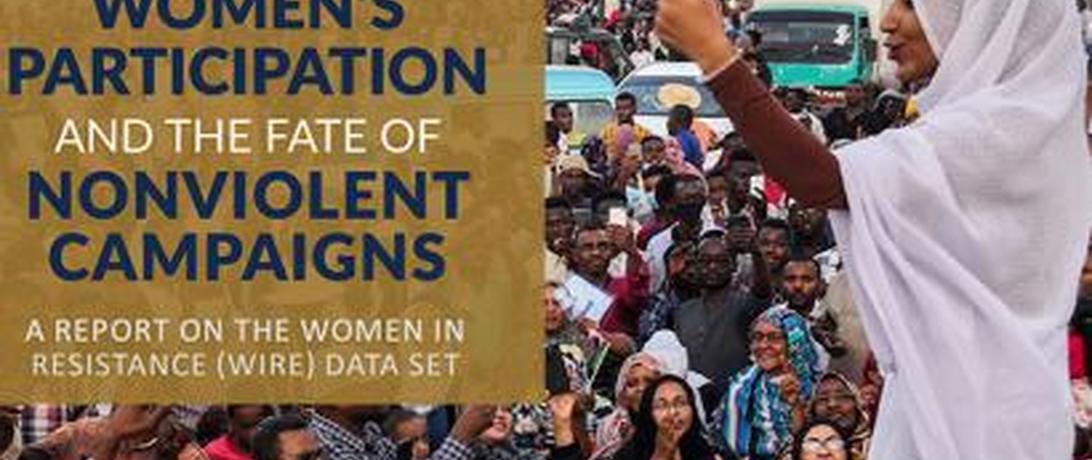This research examines the effects of women’s representation in resistance movements on their choice of strategies and movement effectiveness. The Women in Resistance (WiRe) data set is the first attempt to assess resistance movements on the degree to which they incorporate women into their political goals, their memberships, and their leadership. It includes data on 338 resistance movements committed to the overthrow of a government or territorial self-determination from 1945-2014. This report provides an overview of the WiRe data set and assesses how women’s engagement in resistance movements can affect movement performance. It concludes that increasing women’s engagement is associated with more nonviolent strategies and more effective movements.
Key Findings:
-
Front-line women’s engagement is present in 76% of violent campaigns, and 99% of nonviolent campaigns.
-
The greater the role of women in the campaign, the more likely the campaign is to use nonviolent methods, even in highly repressive contexts.
-
Nonviolent campaigns with high participation by women or where women call for peaceful mobilization are more likely to shift the loyalty of security forces, an important element of campaign success.
-
Frontline women’s participation and gender-inclusive ideologies are correlated with successful campaigns even when controlling for other elements.
Download our full report here.
